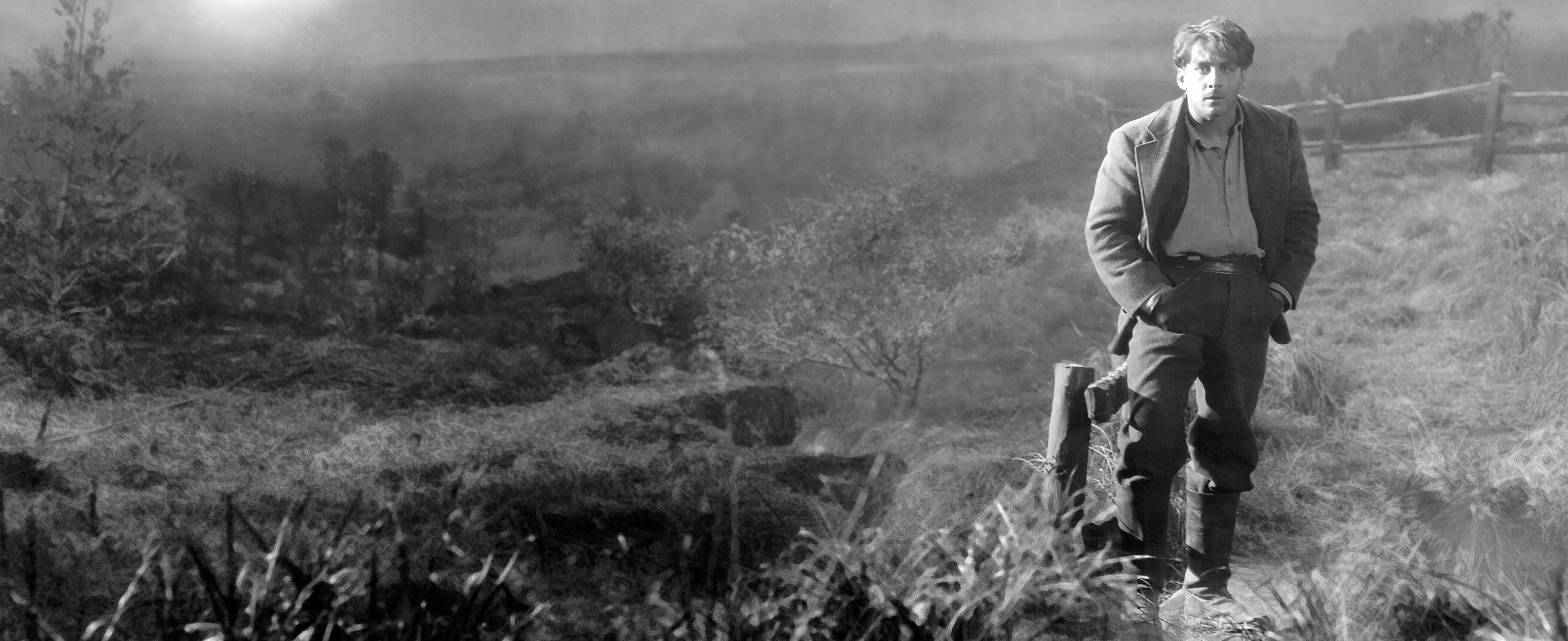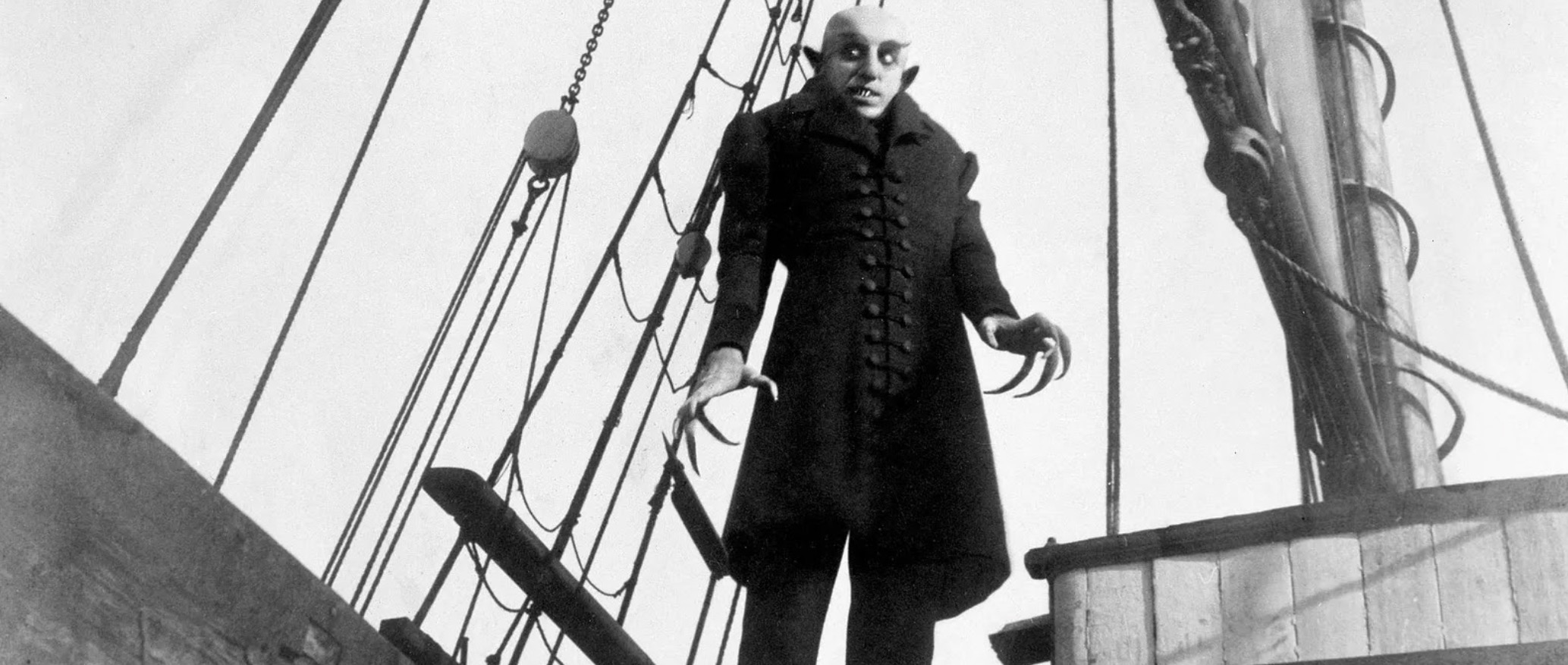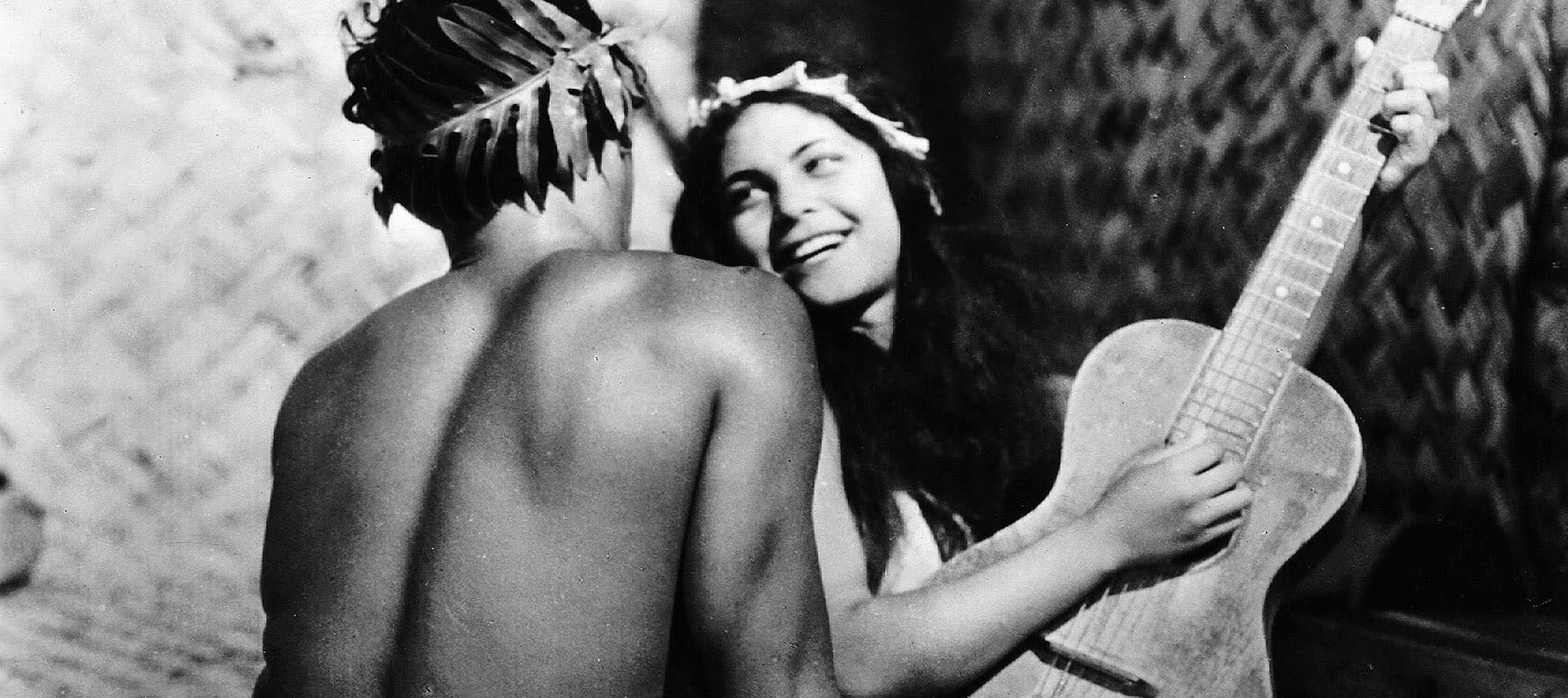
9 November – 23 November
Friedrich Wilhelm Murnau (1888–1931) was a perfectionist, an aesthete and, in many ways, a visionary, whose poetic, painterly, literate and highly cinematic sensibilities brought to the golden age of German cinema new concepts of film form based on a synthesis of all the elements then in vogue – from Caligari-like horrors to an expressionist use of actors’ bodies through to a rugged, sometimes optimistic naturalism (especially in his American period). Murnau’s films embrace the modern world and the new technologies of cinema, but never lose sight of their roots in a romantic and often-superstitious German past; even after the director arrived at Fox studios in Hollywood to much fanfare in July 1926.
Although Murnau’s death at the age of 43 – in an automobile crash – is considered one of the great losses to film history, he still managed to direct an extraordinarily diverse slate of 21 features across a period of only 12 years, and completed at least five or six films that remain landmarks in the medium’s history: Nosferatu, The Last Laugh, Faust, Sunrise: A Song of Two Humans, City Girl and Tabu: A Story of the South Seas. His work in Germany and the United States exhibits an extraordinary inventiveness and dynamism in which “space becomes the central object” (Gilberto Perez). Although Murnau is commonly compared to his compatriots Lang and Lubitsch, his films have an exploratory quality and a way of opening onto the world that draws them closer to the work of Renoir, Ophuls, Mizoguchi, Sjöström and Malick.
This season presents most of the key works of Murnau’s brief but extraordinary career, moving from his exploration and expansion of the forms of expressionism, the horror film and the Lubitschean Ruritanian comedy (Nosferatu and The Grand Duke’s Finances) to the full flowering of his talent in Hollywood and beyond (Sunrise: A Song of Two Humans and Tabu: A Story of the South Seas).

7:00pm SUNRISE: A SONG OF TWO HUMANS
F. W. Murnau (1927) 94 mins – Unclassified 15+
In his remarkable and groundbreaking first Hollywood feature, Murnau takes a simple, universal love story and gives it startling emotional impact through a breathtakingly cinematic combination of lyrical camera movement, model work, expressionistic special effects, early sync sound, German expressionism and American naturalism. In pure visual strokes, mixing the modern and traditional, Murnau creates one of the most moving and fluent works in cinema history. Featuring an Oscar-winning performance by Janet Gaynor, and beautifully modulated acting by George O’Brien and Margaret Livingston. Script by Carl Mayer.
35mm print courtesy of the National Film and Sound Archive, Australia.
CTEQ ANNOTATION
Sunrise: A Song of Two Humans (F.W. Murnau, 1927)
by Jacob Agius
8:50pm THE LAST LAUGH
F. W. Murnau (1924) 90 mins – Unclassified 15+
This giant among silent film classics, documenting the fall and eventual “rise” of an ageing hotel doorman, was scripted by Carl Mayer, directed by Murnau, co-photographed by Karl Freund, production designed by Edgar G. Ulmer and boasts an outstandingly expressive lead performance by Emil Jannings. Eschewing intertitles and featuring “unchained” camerawork of unprecedented agility, this is one of the most lasting, influential and dazzling of silent films and a landmark in the integration of expressionist techniques with more naturalistic forms of cinema.
35mm print courtesy of the National Film and Sound Archive, Australia.
CTEQ ANNOTATION
The Last Laugh (F.W. Murnau, 1924)
by Tope Ogundare

7:00pm NOSFERATU
F. W Murnau (1922) 94 mins – PG
Murnau’s “pirated” adaptation of Bram Stoker’s Dracula vividly grasps the book’s essence: creating fear and terror through atmosphere, composition and performance style as much as through character and story. The twisted and overbearing settings, often shot on location, Fritz Arno Wagner’s eerie chiaroscuro lighting and the truly unsettling, spectral figure of Max Schreck’s vampire combine to produce the definitive screen version of Stoker’s seminal novel. Murnau’s extraordinary and deeply unsettling “symphony of horror” remains the vampire film to which all others must compare.
CTEQ ANNOTATION
Nosferatu: Eine Symphonie des Grauens (Nosferatu: A Symphony of Horror, F.W. Murnau, 1922)
by Martyn Bamber
8:45pm FAUST
F. W. Murnau (1926) 107 mins – Unclassified 15+
Murnau’s brilliantly baroque, monumental and atmospheric retelling of the eponymous fable – combining Goethe, Marlowe and various German folk tales – features iconic expressionist stars Emil Jannings as Mephisto and Gösta Ekman as the famous pact-maker willing to sell his soul. This lavish studio concoction – UFA’s most expensive film prior to Metropolis the following year – is a highwater mark in production design and Murnau’s last German feature before heading to America. With Wilhelm Dieterle.
35mm print courtesy of the National Film and Sound Archive, Australia.
CTEQ ANNOTATION
A Dream of Light and Dark – F.W. Murnau and Faust
by David Melville

7:00pm TABU: A STORY OF THE SOUTH SEAS
F. W. Murnau (1931) 86 mins – Unclassified 15+
Shot with a largely local cast and crew in Tahiti and Bora Bora, Murnau’s collaboration with documentarian Robert Flaherty (who left before the shoot was over) transcends exoticism through its humanistic portrayal of a young man (Matahi) and woman (Anne Chevalier) who escape the prohibitive traditions of their home island only to then be exploited by Western colonialism. Free from the meticulous sets and artificial lighting of his German and Hollywood films, the film seemed to signal a new artistic era for Murnau; ended by the director’s untimely death in a car accident one week before the film’s premiere.
CTEQ ANNOTATION
Lost Paradise: F.W. Murnau’s Tabu: A Story of the South Seas (1931)
by Andréas Giannopoulos
8:40pm THE HAUNTED CASTLE
F. W. Murnau (1921) 60 mins – Unclassified 15+
One of Murnau’s earliest surviving features suggestively hints at the director’s dark, gothic sensibility. Set in the fictitious Castle Vogelöd, this chamber drama is rich with Freudian psychology, the ghostly traumas of war, and features a stunning dream sequence brought vividly to life by set designer Hermann Warm (The Cabinet of Dr. Caligari). Sharing its English-language title with one of the earliest entries in the horror genre by Georges Méliès, it remains “one of the most beautiful pictures Murnau ever created” (Lotte Eisner).
CTEQ ANNOTATION
Schloss Vogelöd (The Haunted Castle, F.W. Murnau, 1921)
by Robert Keser
9:50pm THE GRAND DUKE’S FINANCES
F. W. Murnau (1924) 78 mins – Unclassified 15+
Murnau’s uncharacteristic comedy is a realist fantasy full of grace, tension, brightness and charm that is reminiscent of the best of Lubitsch’s German films. The grand duke of a comic- opera duchy, who prefers a life of idleness for himself and his subjects, has his existence threatened by three malcontents and a shady financier who wants to transform his paradise into a much more profitable sulphur mine. Scripted by Thea von Harbou (Metropolis) and shot by Karl Freund (Dracula) and Franz Planer (Letter from an Unknown Woman), it features wonderfully expressive art direction by Rochus Gliese.
CTEQ ANNOTATION
Die Finanzen des Großherzogs (The Grand Duke’s Finances, F.W. Murnau, 1924)
by Jonathan Mackris